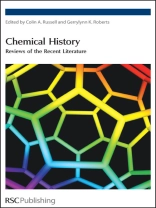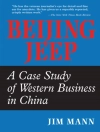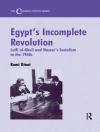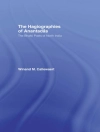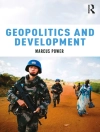This book provides an historical overview of the recent developments in the history of diverse fields within chemistry. It follows on from Recent Developments in the History of Chemistry, a volume published in 1985. Covering chiefly the last 20 years, the primary aim of Chemical History: Reviews of the Recent Literature is to familiarise newcomers to the history of chemistry with some of the more important developments in the field. Starting with a general introduction and look at the early history of chemistry, subsequent chapters go on to investigate the traditional areas of chemistry (physical, organic, inorganic) alongside analytical chemistry, physical organic chemistry, medical chemistry and biochemistry, and instruments and apparatus. Topics such as industrial chemistry and chemistry in national contexts, whilst not featuring as separate chapters, are woven throughout the content. Each chapter is written by experts and is extensively referenced to the international chemical literature. Chemical History: Reviews of the Recent Literature is also ideal for chemists who wish to become familiar with historical aspects of their work. In addition, it will appeal to a wider audience interested in the history of chemistry, as it draws together historical materials that are widely scattered throughout the chemical literature.
表中的内容
1: Getting to Know History of Chemistry; 1.1: Trends in History of Chemistry Literature;1.2: General Histories of Chemistry; 1.3: Other General Works; 1.4: Chemical Biographies; 1.5: History of Chemistry and the Internet; 2:Chemistry before 1800; 2.1: Introduction; 2.2: Early Chemistry in General Histories of Chemistry; 2.3: Biographical Studies; 2.4: Ancient Alchemy and Chemistry; 2.5: The Paracelsians; 2.6: Chemistry in the Scientific Revolution; 2.7: New Studies on Lavoisier and the Chemical Revolution; 3: Inorganic Chemistry; 3.1: Introduction; 3.2: Atoms and the Periodic Table; 3.3: Uranium and Trans-uranics; 3.4: Main Group Elements; 4: Organic Chemistry; 4.1: General; 4.2: People; 4.3: Organic Compounds; 4.4: Reactions and Syntheses; 4.5: Aromatic Chemistry; 4.6: Stereochemistry; 4.7: Analysis and Techniques; 4.8: Natural Products; 4.9: Polymers; 5: Physical Organic Chemistry; 5.1: The Nature of Physical Organic Chemistry; 5.2: Robinson and Ingold: Electronic Theories and Reaction Mechanisms; 5.3: Physical organic Chemistry in the United Kingdom; 5.4: Physical organic Chemistry in Continental Europe; 5.5: Physical Organic Chemistry in the U. S. A.; 5.6: Free Radical Chemistry; 5.7: Stereochemistry; 5.8: Quantum Organic Chemistry; 5.9: Biological Activity of Organic Compounds; : Classical Books and Review Articles; 5.11: Miscellaneous; 6: Physical Chemistry; 6.1:General; 6.2: Biographies; 6.3: Electrochemistry; 6.4: Thermochemistry; 6.5: Chemical Statics and Dynamics; 6.6: Valency and Structural Chemistry; 6.7: Stereochemistry; 6.8: Solutions; 6.9: Colloid Chemistry; 6.10: Co-ordination Chemistry; 7: Analytical Chemistry; 7.1: General Works; 7.2: Classical Methods; 7.3: Organic Analysis and Microanalysis; 7.4: Electroanalytical Methods; 7.5: Chromatography and Electrophoresis; 7.6: Spectroscopy; 7.7: Thermal Methods of Analysis; 7.8: Analytical Laboratories; 7.9: Instrumentation; 7.10: Industrial Analysis; 7.11: Analytical Education; 7.12: Analytical Chemistry in Society; 8: Medical Chemistry and Biochemistry; 8.1: Origins of Medical Chemistry; 8.2: Contributions from Pharmacy; 8.3: Pharmacology; 8.4: Origins of Biochemistry; 8.5: Early Physiological Chemistry; 8.6: Proteins and Peptides; 8.7: Biochemistry since 1900; 9: Instruments and Apparatus; 9.1: Introduction; 9.2: General Works; 9.3: Instruments and Apparatus of Particular Chemists and Laboratories; 9.4: Instruments and Apparatus by Type and Function; 9.5: Museum and Laboratory Collections; 9.6: Instrument Makers;
